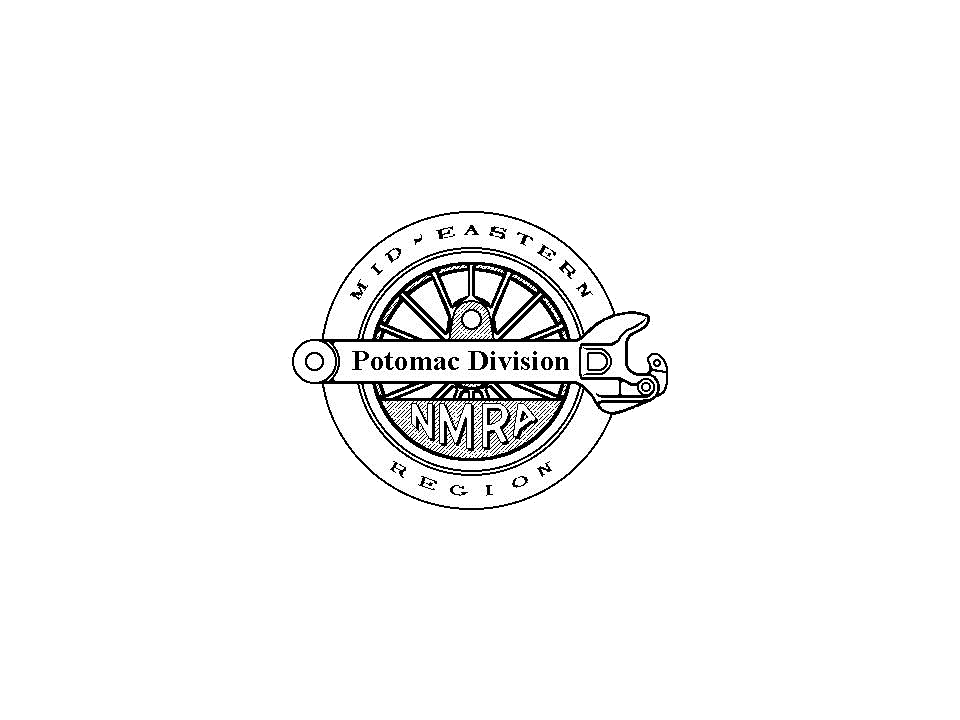THE
PENNSY IN SPADES
In the event I hadn’t mentioned this previously, the most
important factors that I consider when writing up any model railroad
are relatively simple: Does it replicate the region, area, or time
frame that the builder is trying to model closely enough that you feel
that you are actually standing there in person? (It also helps if it
runs well too, but that’s another topic altogether.) My knowledge of
the PRR Nassau division is pretty much limited to what I could see from
the window of an occasional train travelling the North East Corridor,
and most of those trips were long after the 1950’s, but the less than
esthetic industrialized areas of southern New Jersey have changed
little over the years, and John Sethian has replicated it very well. As
is so often the case, it’s the small touches that make the big
differences; the used car lots with models of the cars that he has
personally owned, and the models of vintage cars placed around the
layout in general, many of which I recognized (unfortunately) by being
able to recall the real vehicles; the prints of paintings by
the American artist Edward Hopper, which have been reproduced as part
of the scenery and/or the background (there’s also an original Grif
Teller 1955 PRR calendar as you descend the stairs to the layout room);
PRR style stone retaining walls fabricated from ”Legos” covered with
spackle; bridges that represent actual structures on the Pennsy in that
region; the buildings in the not specified city that reflect the
architecture common to the northeast at that time, although the
“Starbucks” sign hanging in the window of one of them might be a bit of
a stretch; a scenery elevator powered by a TV lifting device,
nominally used raise or lower a large flat screen set from behind
furniture into viewing position, that’s used to raise a large completed
section of scenery for access to the area behind it, but when the
moving section is returned to its usual position the separation points
disappear.
The
railroad itself was started in 2006 to replace a predecessor three rail
O gauge layout. It occupies an “L” shaped space with a duck
under entrance area; the main line run is about 150 feet, double
tracked in some areas and four tracked in others, a continuously
running large circle designed for train watching rather than operation.
There’s a wide variety of steam, diesel, and electric motive power,
including Atlas, MTH, Sunset brass, and a full length (9 car)
Aerotrain, all controlled by DCS, the proprietary DCC system developed
by MTH. And as for that other topic mentioned earlier, everything ran
very well, which is an advantage with O scale; the additional natural
weight of the locomotives and cars mean fewer operating problems. The
supporting structures for future catenary are in place but stringing
the wires is a project for another day. The scenery is about 75%
completed with about a quarter of it detailed. He also keeps detailed
journal of all his activities on the layout. This eliminates the need
to remember anything (or repeating the same mistakes), as everything is
written down. As of December of last year, it had grown to 28 chapters.
Another
advantage of modeling in O scale is, in addition to the impressive size
of the trains, is the fact that your room space, when filled with such
large equipment, is probably restricted to one or maybe two prototype
railroads, as opposed to the smaller scales, where the limits of your
collection are often restricted only by the limits of your checking
account, making you prone to wander off and buy anything that you find
tempting, whether it fits in with your modeling goals or not (trust me,
I know this). O scale, on the other hand, more or less forces you to
stick relatively closely to what you’re trying to model. It’s
especially true when you like to run a GG-1 pulling a long string of
full length passenger cars or large P5a electric freight locomotives
doing the same with the equivalent freight train, all in a
conventionally sized room.
Finally,
on those mornings when it’s 5:30 am and I’m lying in bed trying, but
failing, to get back to sleep, I’ll think about John, who is making
practical use of those early hours by working in his basement making
his PRR Nassau Division railroad even better.
Bob Rosenberg

